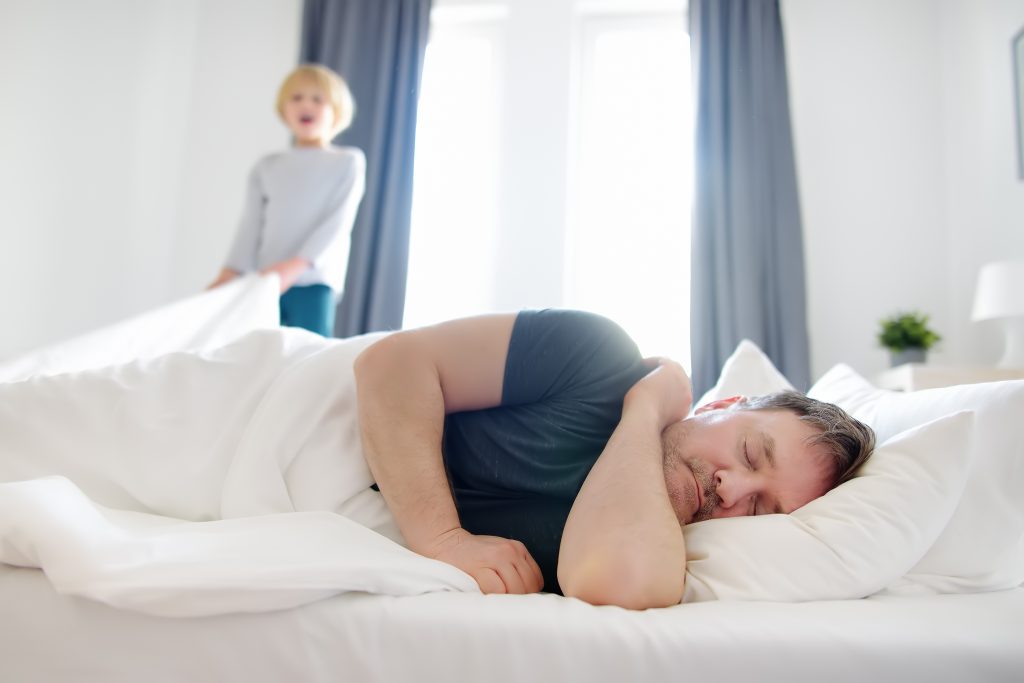Estimated reading time: 3 minutes
Snoring is more than just noise, it reflects turbulent airflow through an upper airway that is partly collapsible or obstructed during sleep. Understanding why snoring occurs helps clarify how dental and airway interventions can play a role in managing it.
How Snoring Happens: The Physiology
Upper airway vibration
When you breathe in (or sometimes out) during sleep, air passes through your nose and throat. If soft tissues—such as the soft palate, uvula, pharyngeal walls, tongue base are lax or partially obstruct the airway, the airflow becomes turbulent. The resulting vibration of these tissues produces the snoring sound
Muscle relaxation and reduced tone
During sleep, especially in deeper stages, the muscles supporting the airway relax. This includes muscles of the tongue, soft palate, lateral pharyngeal walls, and the pharyngeal dilator muscles (for example, the genioglossus). The relaxed state increases the risk of partial collapse
Upper airway resistance syndrome (UARS) and partial obstruction
In some individuals, the airway never fully collapses, but becomes so narrow that airflow resistance increases. The body must work harder to draw air in, which can create arousals or vibrations, this is often associated with primary snoring or UARS rather than overt obstructive sleep apnea (OSA).
Influences from nasal congestion and obstruction
Even though nasal structures (bones, cartilage) don’t vibrate, obstruction upstream increases the negative pressure downstream during inspiration, which can “pull in” collapsible tissues. Nasal congestion, allergies, colds, nasal polyps, or a deviated septum can exacerbate the tendency to snore.
Multiple contributing sites
In many snorers, more than one anatomical region contributes. For example, nasal narrowing plus a bulky tongue base can act together to worsen airflow turbulence and vibration.
To help monitor snoring patterns and assess treatment progress, many patients and clinicians now turn to recording apps such as SnoreLab. This app captures audio recordings during sleep and calculates a “Snore Score” based on intensity and duration.
At Optima Sleep, we often use SnoreLab with patients as part of our airway device calibration process. It allows us to objectively track changes in snoring over time and fine-tune oral appliance therapy accordingly.
While SnoreLab is not a diagnostic tool for sleep apnoea, it offers valuable insight into nightly snoring trends and can serve as a motivational and educational aid for patients. When used in conjunction with dental sleep appliances, SnoreLab supports both patient engagement and clinical decision-making, helping to ensure that interventions are not only effective but sustained.
Recognising When Snoring Is More Than Just Annoyance
Occasional, quiet snoring in an otherwise healthy individual may be benign. However, snoring that is loud, frequent, or associated with symptoms should prompt further evaluation, especially given its association with obstructive sleep apnea (OSA).
Snoring Warning signs include:
- Pauses in breathing or gasping during sleep
- Excessive daytime sleepiness
- Morning headaches, dry mouth
- Poor concentration, mood changes
- High blood pressure or cardiovascular risk factors
If snoring is part of a broader breathing disorder, the same structural and functional mechanisms that cause snoring often contribute to collapses in airway during sleep (apneas or hypopneas).
Summary
Snoring is fundamentally caused by vibration of soft tissues in a partially obstructed airway during sleep, driven by muscle relaxation, anatomical narrowing, and positional or lifestyle factors.
Though largely a respiratory phenomenon, there is a critical intersection with dental anatomy, tongue posture, jaw alignment, and oral appliance treatment.
By viewing snoring through the lens of airway health and collaborating across ENT and dental sleep medicine, clinicians can better assess risk, intervene early, and offer treatments (such as mandibular advancement devices) that address structural contributors to snoring.
